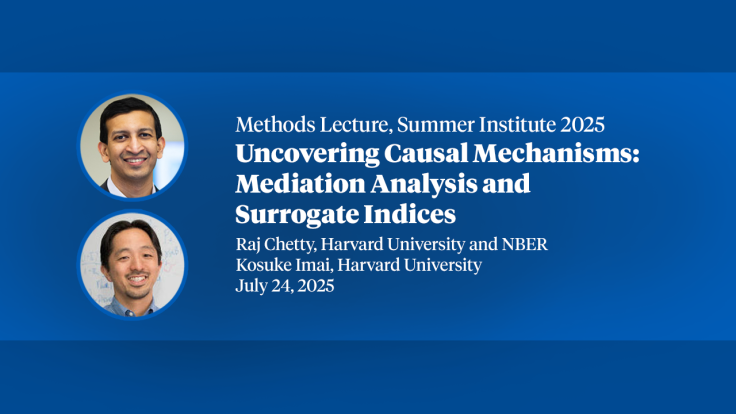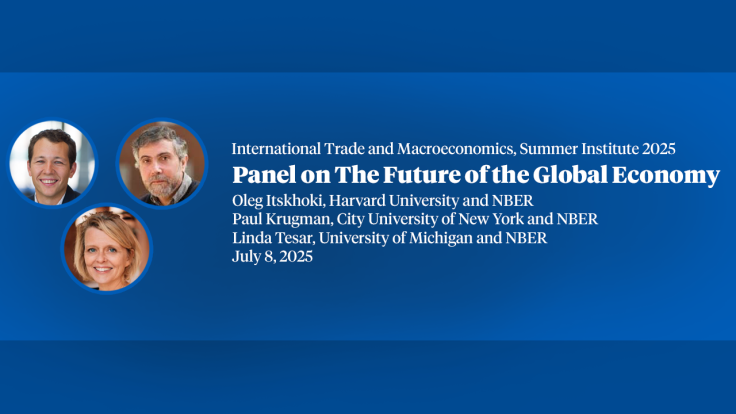The Illusion of Time: Gender Gaps in Job Search and Employment
Even in traditional societies, men and women graduate from college at increasingly similar rates. Yet their paths diverge upon labor market entry: men work while most women stay home. What drives this divergence? Tracking 2,400 college students in Pakistan, we show that men and women hold similarly high work aspirations at graduation and subsequently apply to jobs and receive offers at comparable rates. Yet a 27 pp gender employment gap emerges within six months, driven by women rejecting offers far more often than men. A key predictor of women’s job acceptance decision is the timing of search: those who apply within two months of graduation are much more likely to be employed later. To test causality and uncover mechanisms, we randomize a modest incentive to apply early. The intervention shifts search earlier for both genders, raises women’s employment by ∼20% while leaving men’s unaffected, thereby closing a third of the gender gap. Employment gains are concentrated among women who underestimate how soon marriage activities arise, revealing that they delayed job search under an “illusion of time.” For these women, early job search can initiate a self-reinforcing cycle: by entering the labor force before the marriage market, they attract more progressive suitors, which in turn can create a more supportive environment for sustained employment.
-
-
Copy CitationOriana Bandiera, Amen Jalal, and Nina Roussille, "The Illusion of Time: Gender Gaps in Job Search and Employment," NBER Working Paper 34051 (2025), https://doi.org/10.3386/w34051.Download Citation
-


